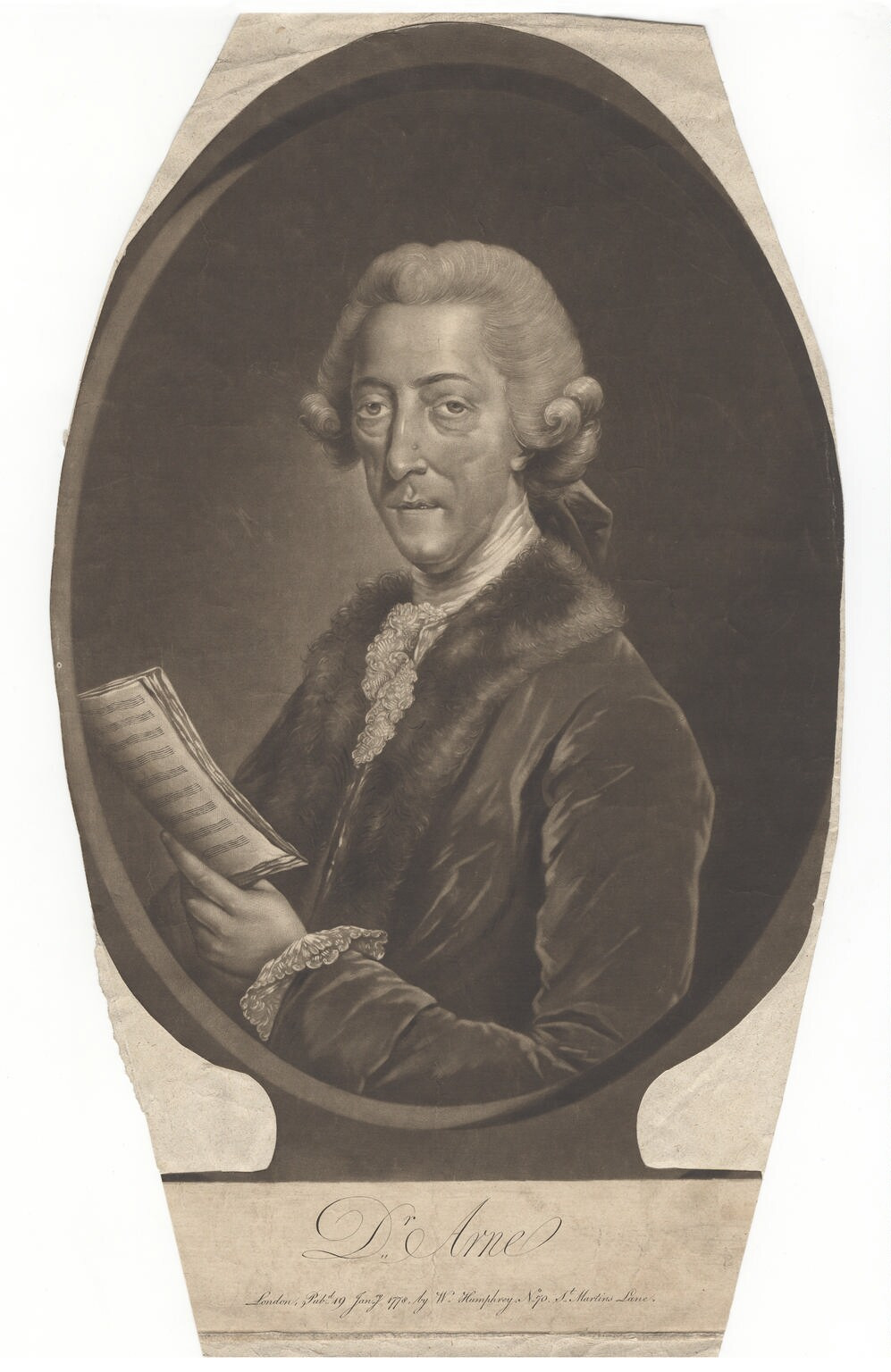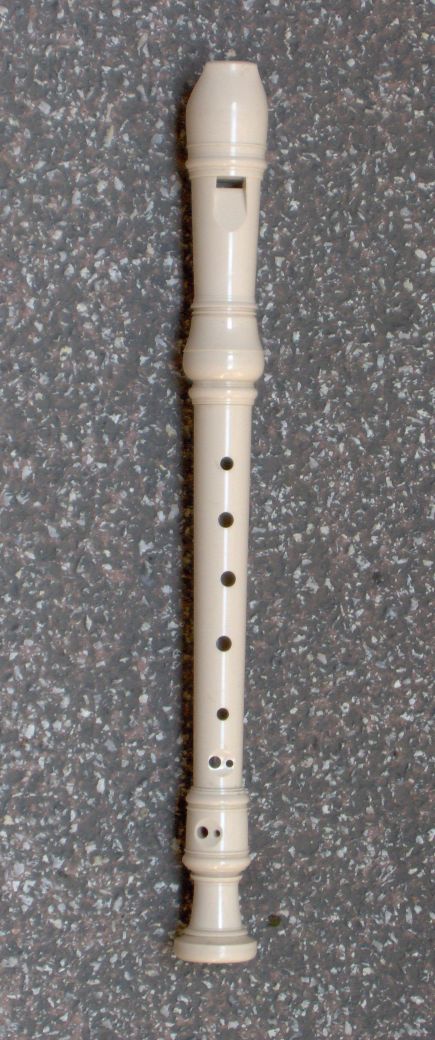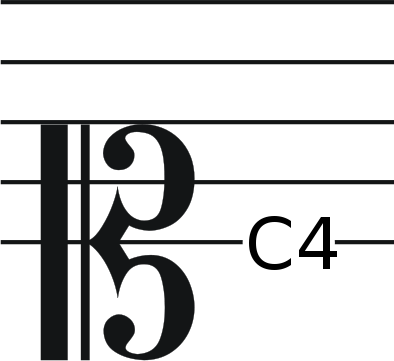|
Eliza (Arne)
''Eliza'' is an opera in three acts by the composer Thomas Arne to an English libretto by Richard Rolt. The opera was premiered in London at the New Theatre in the Haymarket on 29 May 1754.John A. Parkinson: "Eliza", ''Grove Music Online'' ed. L. Macy (Accessed February 16, 2009)(subscription access) History and music analysis The opera is named for Queen Elizabeth I of England, although she does not actually appear as an onstage character. Although ''Eliza'' is highly patriotic in nature, the monarchy did not take kindly to the work and the opera was suppressed after one performance "by an Order from a superior Power". The opera was later more successfully revived at the Smock Alley Theatre in Dublin in 1755 and at the Theatre Royal, Drury Lane in December 1756.{Peter Holman, Todd Gilman: "Thomas Augustine Arne", ''Grove Music Online'' ed. L. Macy (Accessed February 16, 2009)(subscription access)Olive Baldwin, Thelma Wilson: "Polly Young", ''Grove Music Online'' ed. L. Macy ( ... [...More Info...] [...Related Items...] OR: [Wikipedia] [Google] [Baidu] |
Thomas Arne
Thomas Augustine Arne (; 12 March 17105 March 1778) was an English composer. He is best known for his patriotic song " Rule, Britannia!" and the song " A-Hunting We Will Go", the latter composed for a 1777 production of '' The Beggar's Opera'', which has since become popular as a folk song and a nursery rhyme. Arne was a leading British theatre composer of the 18th century, working at the West End's Drury Lane and Covent Garden. He wrote many operatic entertainments for the London theatres and pleasure gardens, as well as concertos, sinfonias, and sonatas. Early life Arne was born on 12 March 1710 in Covent Garden and baptised as a Roman Catholic. He came from a long line of Catholic recusants. Arne's father and grandfather were both upholsterers and both held office in the Worshipful Company of Upholders of the City of London. His grandfather fell on hard times and died in the debtors' prison of Marshalsea. His father earned enough money to rent 31 King Street, a large ... [...More Info...] [...Related Items...] OR: [Wikipedia] [Google] [Baidu] |
Drum
The drum is a member of the percussion group of musical instruments. In the Hornbostel–Sachs classification system, it is a membranophone. Drums consist of at least one membrane, called a drumhead or drum skin, that is stretched over a shell and struck, either directly with the player's hands, or with a percussion mallet, to produce sound. There is usually a resonant head on the underside of the drum. Other techniques have been used to cause drums to make sound, such as the thumb roll. Drums are the world's oldest and most ubiquitous musical instruments, and the basic design has remained virtually unchanged for thousands of years. Drums may be played individually, with the player using a single drum, and some drums such as the djembe are almost always played in this way. Others are normally played in a set of two or more, all played by one player, such as bongo drums and timpani. A number of different drums together with cymbals form the basic modern drum kit. Many ... [...More Info...] [...Related Items...] OR: [Wikipedia] [Google] [Baidu] |
Spanish Armada
The Spanish Armada (often known as Invincible Armada, or the Enterprise of England, ) was a Spanish fleet that sailed from Lisbon in late May 1588, commanded by Alonso de Guzmán, Duke of Medina Sidonia, an aristocrat without previous naval experience appointed by Philip II of Spain. His orders were to sail up the English Channel, join with the Duke of Parma in Flanders, and escort an invasion force that would land in England and overthrow Elizabeth I. Its purpose was to reinstate Catholicism in England, end support for the Dutch Republic, and prevent attacks by English and Dutch privateers against Spanish interests in the Americas. The Spanish were opposed by an English fleet based in Plymouth. Faster and more manoeuvrable than the larger Spanish galleons, its ships were able to attack the Armada as it sailed up the Channel. Several subordinates advised Medina Sidonia to anchor in the Solent and occupy the Isle of Wight, but he refused to deviate from his instructions to ... [...More Info...] [...Related Items...] OR: [Wikipedia] [Google] [Baidu] |
Bass (vocal Range)
A bass is a type of classical male singing voice and has the lowest vocal range of all voice types. According to '' The New Grove Dictionary of Opera'', a bass is typically classified as having a vocal range extending from around the second E below middle C to the E above middle C (i.e., E2–E4). Its tessitura, or comfortable range, is normally defined by the outermost lines of the bass clef. Categories of bass voices vary according to national style and classification system. Italians favour subdividing basses into the ''basso cantante'' (singing bass), ''basso buffo'' (comical bass), or the dramatic ''basso profondo'' (deep bass). The American system identifies the bass-baritone, comic bass, lyric bass, and dramatic bass. The German '' Fach'' system offers further distinctions: Spielbass (Bassbuffo), Schwerer Spielbass (Schwerer Bassbuffo), Charakterbass (Bassbariton), and Seriöser Bass. These classifications tend to describe roles rather than singers: it is rare for a ... [...More Info...] [...Related Items...] OR: [Wikipedia] [Google] [Baidu] |
Tenor
A tenor is a type of male singing voice whose vocal range lies between the countertenor and baritone voice types. It is the highest male chest voice type. Composers typically write music for this voice in the range from the second B below middle C to the G above middle C (i.e. B2 to G4) in choral music, and from the second B flat below middle C to the C above middle C (B2 to C5) in operatic music, but the range can extend at either end. Subtypes of tenor include the ''leggero'' tenor, lyric tenor, spinto tenor, dramatic tenor, heldentenor, and tenor buffo or . History The name "tenor" derives from the Latin word '' tenere'', which means "to hold". As noted in the "Tenor" article at ''Grove Music Online'': In polyphony between about 1250 and 1500, the enor was thestructurally fundamental (or 'holding') voice, vocal or instrumental; by the 15th century it came to signify the male voice that sang such parts. All other voices were normally calculated in relation to the ten ... [...More Info...] [...Related Items...] OR: [Wikipedia] [Google] [Baidu] |
Isabella Young
Isabella Young (also Isabella Scott) (17?, London – 12 August 1791, London) was an English mezzo-soprano and organist who had a successful career as a concert performer and opera singer during the latter half of the eighteenth century. Young became particularly associated with the works of George Frideric Handel and was a favorite singer of the composer during the last years of his life. She was also a part of a well-known English family of musicians that included several professional singers and organists during the seventeenth and eighteenth centuries.Biography of Isabella Young (Scott) on Operissimo.com; accessed 13 January 2008 Biography Isab ...[...More Info...] [...Related Items...] OR: [Wikipedia] [Google] [Baidu] |
Cecilia Young
Cecilia Young (also Cecilia Arne) (January 1712 – 6 October 1789) was one of the greatest English sopranos of the eighteenth century, the wife of composer Thomas Arne, and the mother of composer Michael Arne. According to the music historian Charles Burney, she had "a good natural voice and a fine shake ndhad been so well taught, that her style of singing was infinitely superior to that of any other English woman of her time". She was part of a well-known English family of musicians that included several professional singers and organists. Young enjoyed a large amount of success through her close association with George Frideric Handel. She appeared in several of his oratorios and operas including the premieres of ''Ariodante'' (1735), ''Alcina'' (1735), '' Alexander's Feast'' (1736) and ''Saul'' (1739).Olive Baldwin, Thelma Wilson: "Cecilia Young", ''Grove Music Online'' ed. L. Macy (Accessed 9 January 2009)(subscription access) Biography Early life, education, and early car ... [...More Info...] [...Related Items...] OR: [Wikipedia] [Google] [Baidu] |
Soprano
A soprano () is a type of classical singing voice and has the highest vocal range of all voice types. The soprano's vocal range (using scientific pitch notation) is from approximately middle C (C4) = 261 Hertz, Hz to A5 in Choir, choral music, or to soprano C (C6) or higher in operatic music. In four-part chorale style harmony, the soprano takes the highest part, which often encompasses the melody. The soprano voice type is generally divided into the coloratura soprano, coloratura, soubrette, lyric soprano, lyric, spinto soprano, spinto, and dramatic soprano, dramatic soprano. Etymology The word "soprano" comes from the Italian word ''wikt:sopra, sopra'' (above, over, on top of),"Soprano" ''Encyclopædia Britannica'' as the soprano is the highest pitch human voice, often given to the leading female roles in operas. "Soprano" refers ... [...More Info...] [...Related Items...] OR: [Wikipedia] [Google] [Baidu] |
George Frideric Handel
George Frideric (or Frederick) Handel ( ; baptised , ; 23 February 1685 – 14 April 1759) was a German-British Baroque composer well-known for his operas, oratorios, anthems, concerti grossi, and organ concerti. Born in Halle, Germany, Handel spent his early life in Hamburg and Italy before settling in London in 1712, where he spent the bulk of his career and became a naturalised British subject in 1727. He was strongly influenced both by the middle-German polyphonic choral tradition and by composers of the Italian Baroque. In turn, Handel's music forms one of the peaks of the "high baroque" style, bringing Italian opera to its highest development, creating the genres of English oratorio and organ concerto, and introducing a new style into English church music. He is consistently recognized as one of the greatest composers of his age. Handel started three commercial opera companies to supply the English nobility with Italian opera. In 1737, he had a physical breakdown, c ... [...More Info...] [...Related Items...] OR: [Wikipedia] [Google] [Baidu] |
Cello
The violoncello ( , ), commonly abbreviated as cello ( ), is a middle pitched bowed (sometimes pizzicato, plucked and occasionally col legno, hit) string instrument of the violin family. Its four strings are usually intonation (music), tuned in perfect fifths: from low to high, scientific pitch notation, C2, G2, D3 and A3. The viola's four strings are each an octave higher. Music for the cello is generally written in the bass clef; the tenor clef and treble clef are used for higher-range passages. Played by a ''List of cellists, cellist'' or ''violoncellist'', it enjoys a large solo repertoire Cello sonata, with and List of solo cello pieces, without accompaniment, as well as numerous cello concerto, concerti. As a solo instrument, the cello uses its whole range, from bass to soprano, and in chamber music, such as string quartets and the orchestra's string section, it often plays the bass part, where it may be reinforced an octave lower by the double basses. Figured bass music ... [...More Info...] [...Related Items...] OR: [Wikipedia] [Google] [Baidu] |
Recorder (musical Instrument)
The recorder is a family of woodwind musical instruments in the group known as ''internal duct flutes'': flutes with a whistle mouthpiece, also known as fipple flutes, although this is an archaic term. A recorder can be distinguished from other duct flutes by the presence of a thumb-hole for the upper hand and seven finger-holes: three for the upper hand and four for the lower. It is the most prominent duct flute in the western classical tradition. Recorders are made in various sizes with names and compasses roughly corresponding to various vocal ranges. The sizes most commonly in use today are the soprano (also known as descant, lowest note C5), alto (also known as treble, lowest note F4), tenor (lowest note C4), and bass (lowest note F3). Recorders were traditionally constructed from wood or ivory. Modern professional instruments are almost invariably of wood, often boxwood; student and scholastic recorders are commonly of moulded plastic. The recorders' internal and ext ... [...More Info...] [...Related Items...] OR: [Wikipedia] [Google] [Baidu] |
Descant
A descant, discant, or is any of several different things in music, depending on the period in question; etymologically, the word means a voice (''cantus'') above or removed from others. The ''Harvard Dictionary of Music'' states: A descant is a form of medieval music in which one singer sang a fixed melody, and others accompanied with improvisations. The word in this sense comes from the term ' (descant "above the book"), and is a form of Gregorian chant in which only the melody is notated but an improvised polyphony is understood. The ' had specific rules governing the improvisation of the additional voices. Later on, the term came to mean the treble or soprano singer in any group of voices, or the higher pitched line in a song. Eventually, by the Renaissance, descant referred generally to counterpoint. Nowadays the counterpoint meaning is the most common. Descant can also refer to the highest pitched of a group of instruments, particularly the descant viol or recorde ... [...More Info...] [...Related Items...] OR: [Wikipedia] [Google] [Baidu] |







